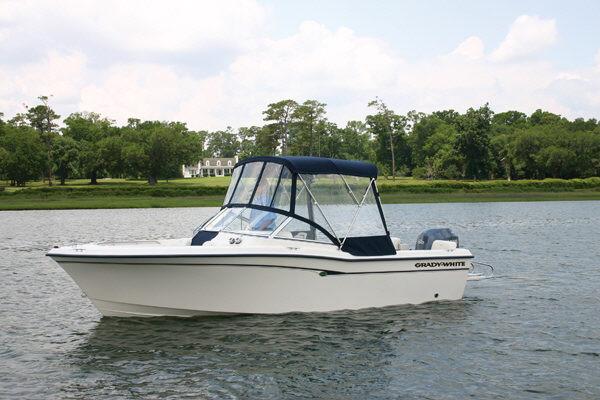
Ever wonder why acrylic windows are used in favor of glass?
The Acrylic Advantage
Rigid, clear plastic gets is used instead of glass for boat windows because it delivers similar strength at half the weight, it’s much easier to fabricate, and it doesn’t shatter into a million shards. Plastic windshields and port lights are nearly always acrylic (PMMA), known by the brand names Plexiglas or Lucite.
Plastic hatches are often made from poly-carbonate (such as Lexan), which has its own requirements to ensure long life.
Care Requirements
The acrylic advantage is evident in the care requirements.
There are just two care requirements for clear acrylic: Don’t scratch it and keep all chemicals away from it.
That includes everything from intentional applications of household cleaners to unintentional contact with fuel, chemical mists, fumes, and hand prints. Dirt and salt accumulations scratch acrylic, so flood it often with fresh water and wash it with a clean, soft cotton cloth. You can use a mild soap, but never detergents, spray cleaners, or glass cleaners.
If it isn’t crazed internally, hazy acrylic can be polished to clarity. Almost any mild abrasive will work — a headlight restoration kit, clear-coat compound, even toothpaste — but for the best results use a proven polish like 210 Plus or Novus No. 2 followed by No. 1.
For deep scratches, start with Novus No. 3 or, for deeper still, by wet sanding with increasingly fine-grit paper (400 to 1,000) followed by three-step polishing. Plastics treatments offering UV protection will do no harm, but acrylic is UV stable so it does not really require protection from the sun.